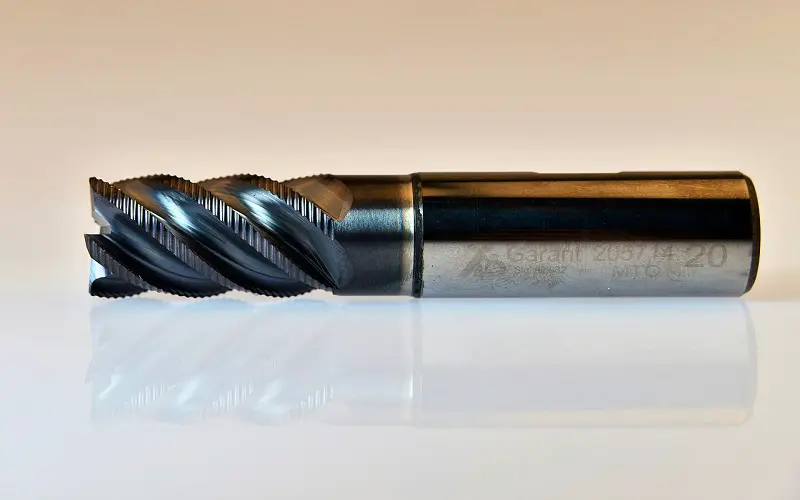There are two main talking points when working out how to enhance and optimize your machine shop operations; is it effective, and is it safe?
These aspects don’t need to be in opposition, so long as you are considering them both when making any decisions about changes and improvements.
With that in mind, here are some tips which keep both elements balanced and will deliver all sorts of advantages to your business as a result.
Opt for machines that can use CAD systems, e.g. when choosing a roll former
In terms of effectiveness as well as safety, having equipment which is innately compatible with modern file formats, while also keeping operators out of harm’s way, will make a big difference.
For example, picking a second-hand roll former which supports CAD files and can translate these into CNC instructions, or engage with other systems that offer such functionality, is good for both of these reasons.
The same logic applies to all the machines you select for your shop, and buying used units will let you save cash without sacrificing functionality or compromising on operator safety.
Implement rigorous inspection routines
Before operators begin using machine shop equipment, ensure that thorough safety checks are completed each and every time to minimize the chances of common conundrums occurring.
You’ll need a unique checklist that’s relevant to the features and design of each machine, of course. But general safety steps apply to most types of equipment, such as removing waste material from the previous shift, looking for wear and tear on tooling, examining integrated safety features like guards or shields, and even making sure that the machine isn’t actually operating at the time.
Provide safety equipment & training to employees
If you aren’t the only person working in your machine shop, then you have a responsibility to treat your employees with respect, and one way of doing this is by giving them access to the safety equipment they need to use heavy machinery without taking unnecessary risks.
Likewise you should offer comprehensive training to team members so that they are clued up on how to harness machinery safely and effectively from day to day.
Part of this is also preventing employees from working with gear that they lack the training to leverage successfully. Good safety policies must be top-down in nature, and documenting expectations rigorously is also key to ensuring regulatory compliance.
Plan for emergencies
There’s no way to completely rule out the likelihood of accidents occurring in your machine shop, so you need to be prepared for how emergencies are handled, rather than only reacting when something goes wrong.
First aid training, for example, is a useful thing to offer all machine shop workers. Even if a person is not particularly good at staying calm in a crisis, if they’ve got procedures and training to fall back on then a lot of scenarios can be handled without needing too much thought in the moment.
Follow the latest guidance
Machine shop safety is not set in stone, but is something which changes with each passing year, and so it’s a good idea to get up to speed with cutting edge advice, as well as any new rules or laws which have come into force recently. You have to see on-site safety as part of the process of making your machine shop as effective as possible, and not a barrier to this. Safe workers are happy workers, and happy workers are more productive, as well as more loyal, so it’s a lesson that all business managers should learn

